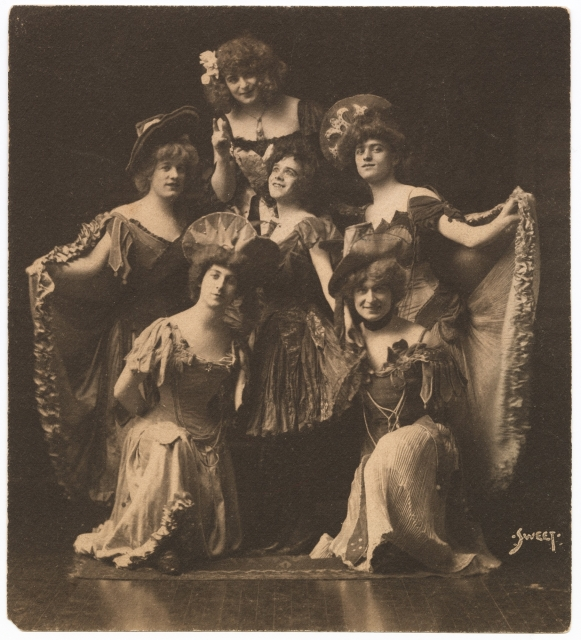


Drag queens have a rich and diverse history that spans several decades and has played a significant role in LGBTQ+ culture and activism. Here’s an overview of drag queen history:
Early 20th Century: Emergence and Vaudeville:
The term “drag” originated from the theatrical term “dressed in women’s clothes.” Drag performances began to gain popularity in the early 20th century, especially in vaudeville shows and underground LGBTQ+ spaces. These performances often involved male performers dressing as exaggerated female characters for comedic or entertainment purposes.
Stonewall Era and Activism (1960s-70s):
The Stonewall riots of 1969 marked a turning point in LGBTQ+ history and activism. Drag queens, including Marsha P. Johnson and Sylvia Rivera, were at the forefront of these protests, demanding equal rights and visibility. They played a crucial role in sparking the modern LGBTQ+ rights movement.
Mainstream Popularity and Pageantry (1980s-90s):
Drag entered the mainstream during the 1980s and 1990s, with performers like RuPaul gaining widespread recognition. RuPaul’s album “Supermodel of the World” and the success of “RuPaul’s Drag Race” TV show helped bring drag culture to a broader audience. Drag pageants, such as Miss Gay America and Miss Continental, also became popular during this time.
Art, Identity, and Subversion (2000s-Present):
In the 21st century, drag has continued to evolve as a form of art, self-expression, and activism. Drag queens like Sasha Velour and Violet Chachki have pushed boundaries and challenged traditional notions of gender and beauty. Drag has also become a platform for discussing issues such as gender identity, discrimination, and body positivity.
Local Scenes and Community Building:
Drag has a vibrant presence in local communities, with drag shows, bars, and events providing safe spaces for LGBTQ+ individuals to express themselves. Many cities have thriving drag scenes that celebrate diverse forms of drag, from campy and comedic performances to high-fashion and conceptual art.
Diversity and Inclusion:
The drag community has become more diverse and inclusive over time, with performers of different gender identities, ethnicities, and backgrounds contributing to the art form. Drag kings (individuals who perform in masculine drag) and non-binary performers have also gained visibility.
Online Presence and Social Media:
The rise of social media platforms has allowed drag performers to showcase their talents and connect with fans worldwide. Many drag queens have used platforms like Instagram, TikTok, and YouTube to share their performances, makeup tutorials, and personal stories.
Continued Activism:
Drag queens continue to be involved in LGBTQ+ activism, advocating for issues such as LGBTQ+ rights, HIV/AIDS awareness, and acceptance. They use their platforms to raise awareness and create positive change.
Overall, drag queen history is a tapestry woven with creativity, resilience, and a commitment to challenging societal norms and celebrating individuality. It has played a crucial role in LGBTQ+ culture, offering a space for self-expression, activism, and empowerment
